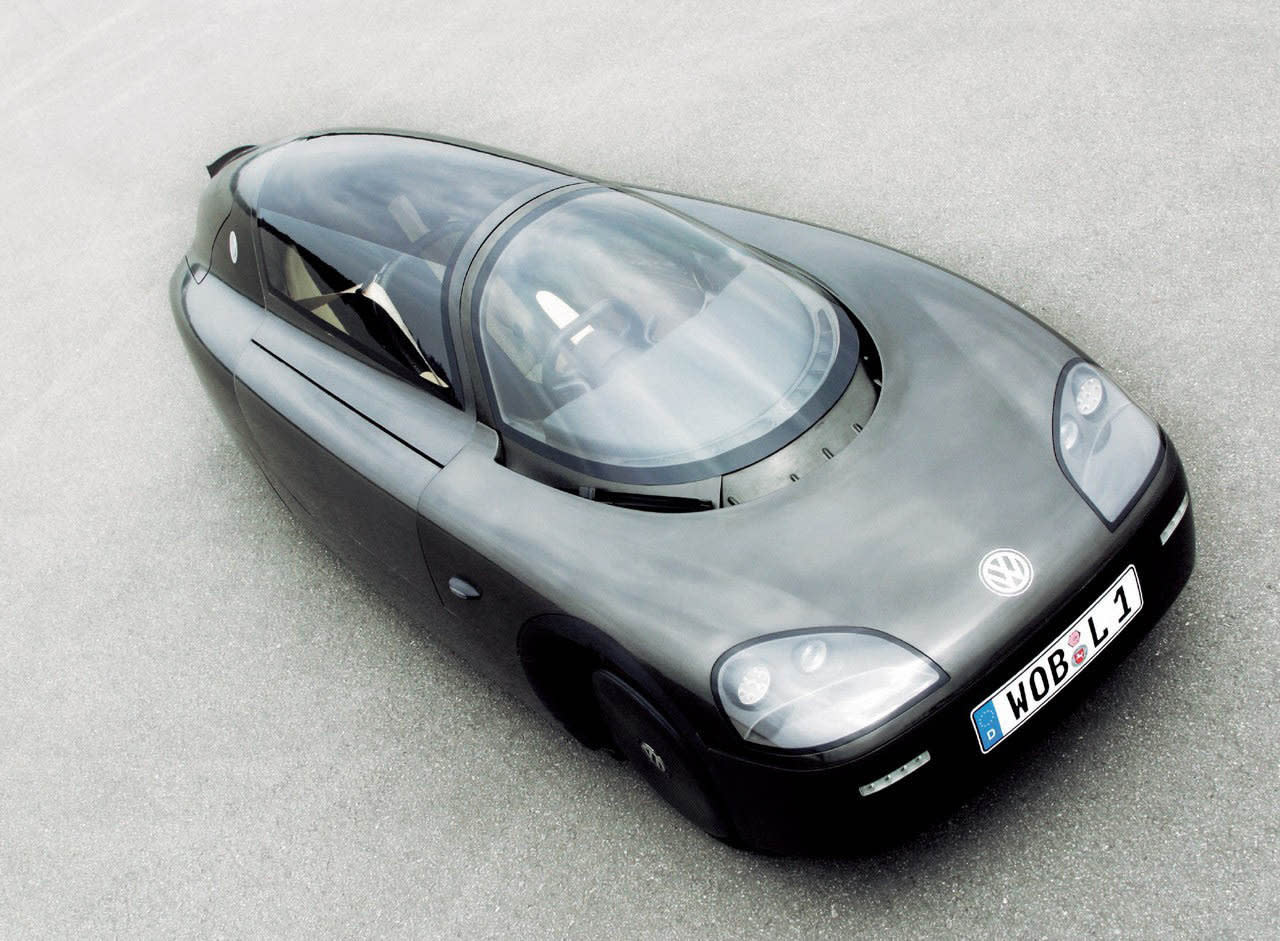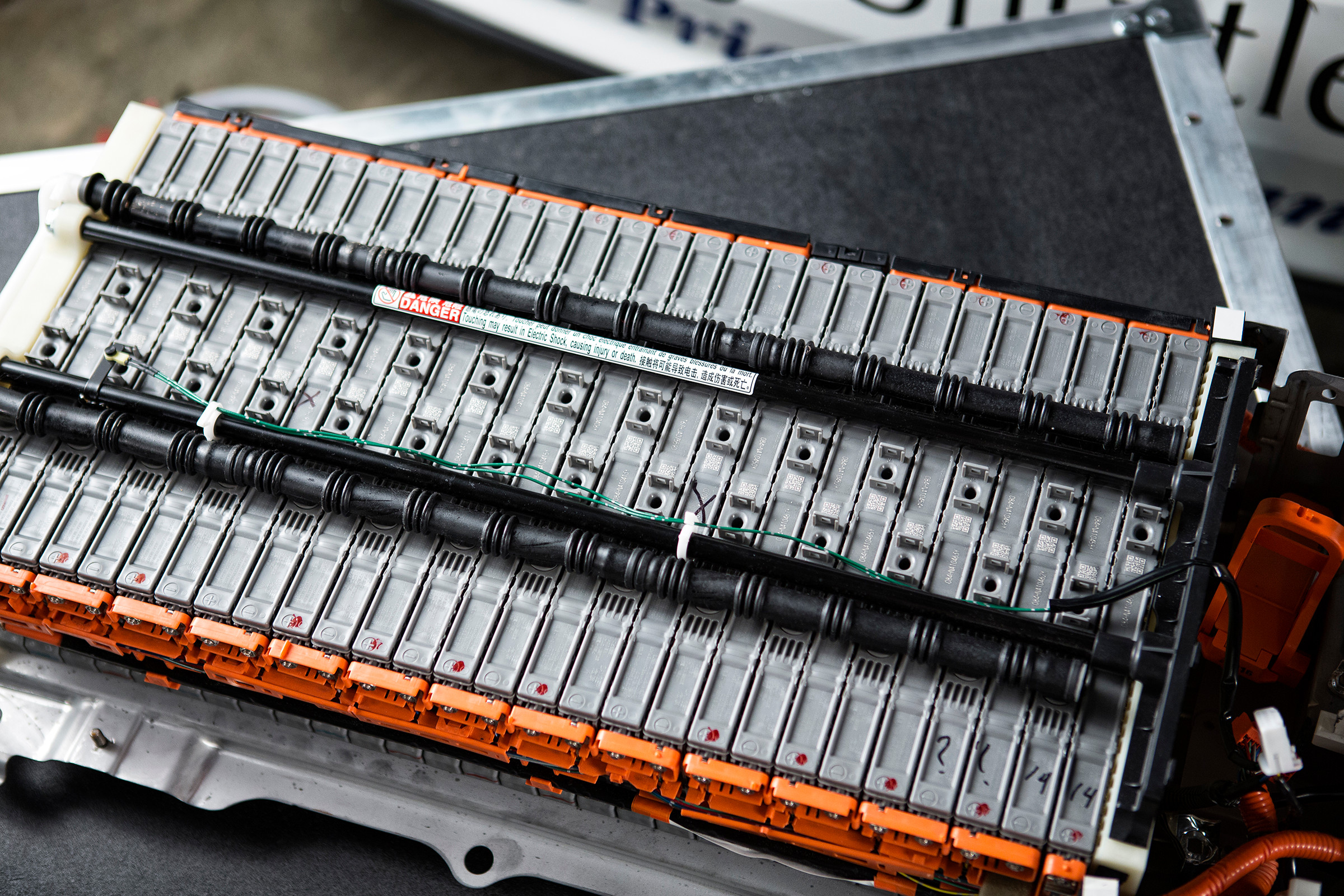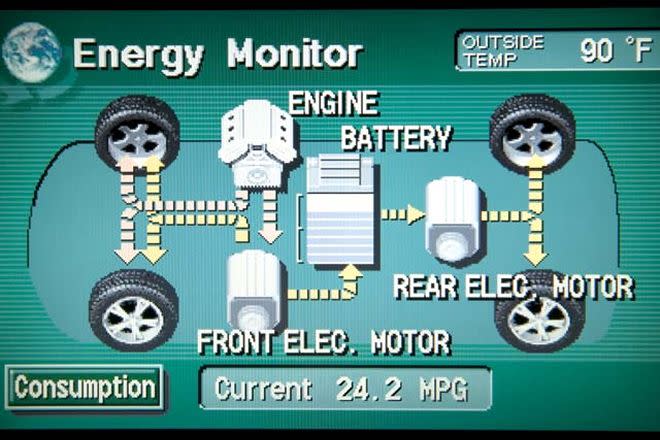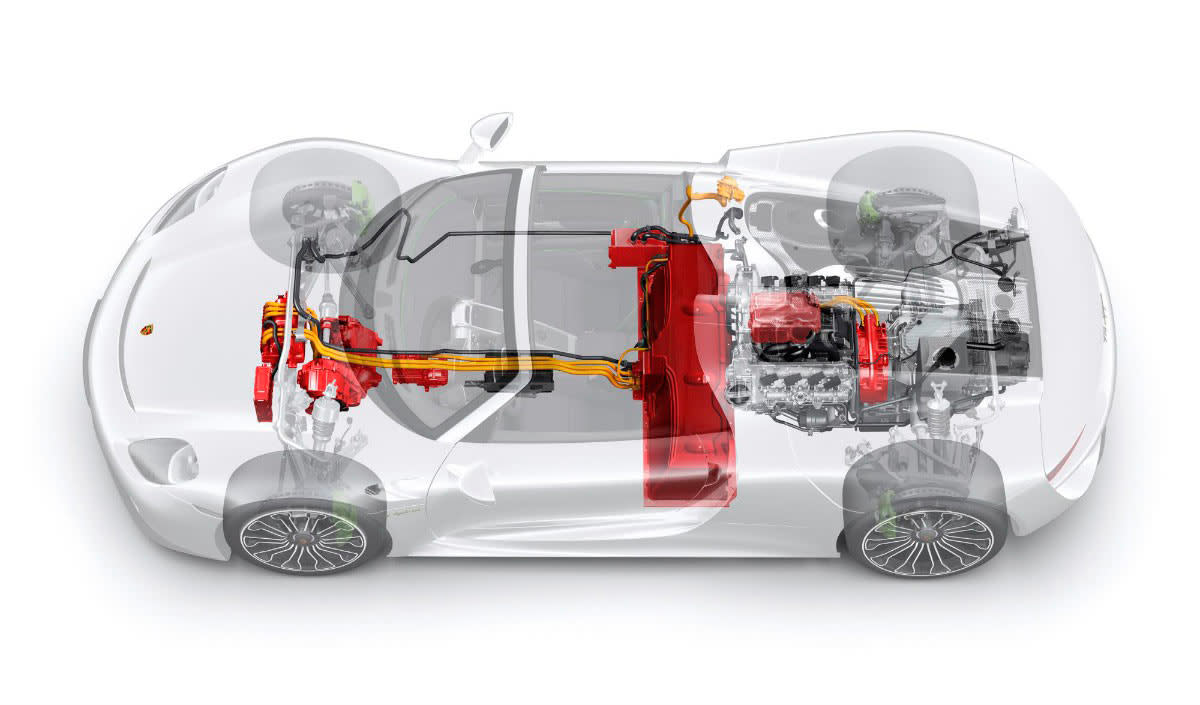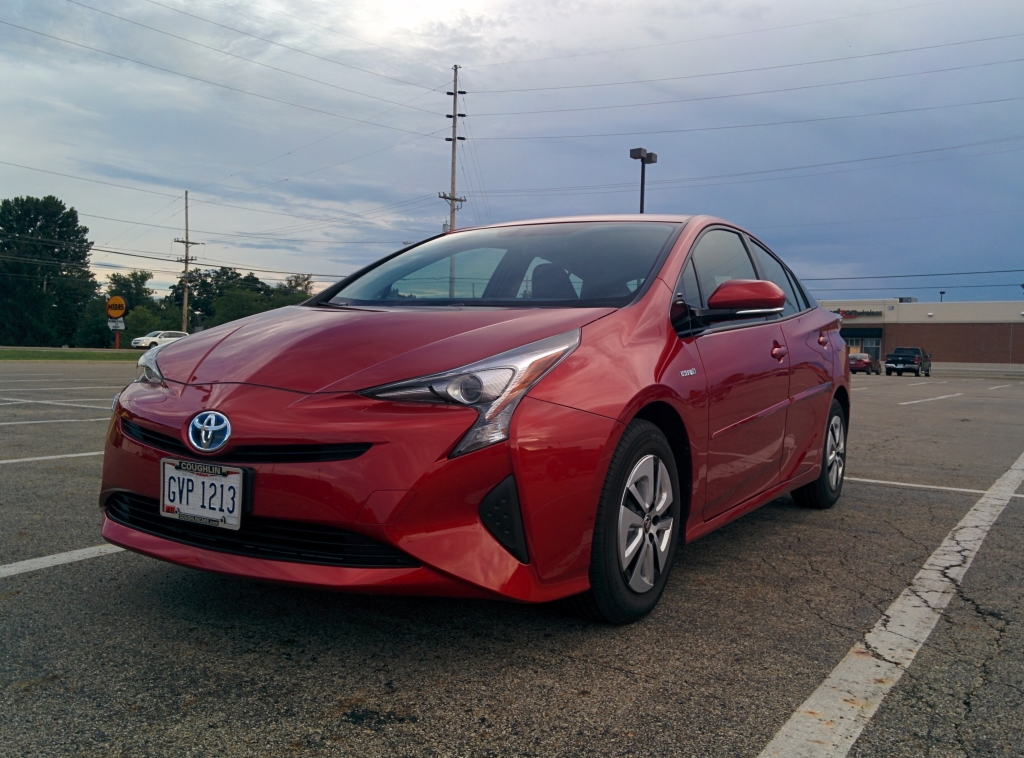It’s rather tricky to get Windows 10 onto a WinBook TW700, between WIMBoot’s inefficiency, the inability to delete things from the preload, and the limited storage available on a TW700, so I thought I’d write this quick guide on how to get the device updated. These instructions should work on any WIMBoot device – or, for that matter, any Windows 8.1 Update (and possibly earlier versions of Windows, I’m not sure if Win10 will run from 8.0 or 8.1 pre-Update) device that’s short on space. Please note that your profile and apps will NOT be migrated – I’d use User State Migration Tool, from Windows 10’s Assessment and Deployment Kit, to save profiles, and then restore them after you have the device reloaded. I’ve not used USMT in quite a few years, though.
Following this procedure will result in the loss of all data and applications on the device, and I will not be held responsible for data loss as a result. You are responsible for ensuring that you can get everything restored.
Here’s what you’ll need:
- Two USB thumb drives of 8 GiB or larger capacity (one of these may not be necessary)
- A MicroSD card or a third USB thumb drive of 8 GiB or larger capacity
- A USB hub, keyboard, and mouse (shouldn’t be necessary, but it’s useful in case something goes wrong)
Here’s the procedure that I followed in a nutshell:
- Create a USB recovery drive and put it in a safe place. This will allow you to go back to the factory preload at any time. This is a good practice even if you plan on staying on Windows 8.1.
- Reset your PC (Microsoft directions, go to “Remove everything and reinstall Windows”). This is necessary to get free space back.
- When the Out-of-Box Experience comes up, connect to a wireless network, but do not log in using a Microsoft account (you don’t want any OneDrive data downloaded), and disable Windows Update (you do not want updates taking up the storage space you just freed).
- Use the Media Creation Tool on another Windows machine to create a install USB drive for Windows 10 Home 32-bit English (US), then connect that USB drive to the tablet and run setup.exe on it. You may not need to do this, it may be possible to use the Media Creation Tool’s ability to update the computer it’s running on, but I played it safe.
- The Windows 10 installer will mention that you need more space to install. Either use a USB hub to connect another thumb drive, or insert a MicroSD card, and select that drive in the installer.
- I personally chose to change the settings that would have migrated my profile and apps, and chose to only install the OS. This one’s up to you, though.
- Proceed to wait a while, while Windows 10 is installed. There may be a few points where the device freezes during boot, just shut the device off by holding the power button down, then release the power button, wait 5 seconds, and press it again, it will proceed normally.
- Go through the Out-of-Box Experience and adjust settings to your liking. Once this is complete, the device may be sluggish for a while, as it’s performing a lot of background tasks (updates, driver installations, and the like). Let it complete these before continuing.
- Delete your previous version of Windows. Why keep it around, when it’s just the preload missing the software that came with it, and you’ve got a thumb drive with the USB recovery drive?
- Somewhere along the way, a driver update will have happened, and Windows will have decided to run at 125% zoom. If you like this, leave it alone. If you don’t, go to Settings, System, Display, and change the size of text, apps, and other items to 100%. Do note that Modern UI apps are rendered smaller than in Windows 8 (and currently don’t appear to respect the system scaling setting), and Universal apps tend to have smaller UI elements than Modern UI apps did in Windows 8. However, Win32 apps are rendered the same at 100% as in Windows 8. This one’s up to personal preference, really.
That’s all there is to it. (Well, there may need to be a Bluetooth driver update, I haven’t checked that fully yet…) There’s still some glitches in Win10 (the on-screen keyboard only really works the way it did before when in a Universal app – Modern UI apps at 100% don’t quite behave right, and Win32 apps don’t move out of the way at all), but generally, things should work. And, it’s faster, lower RAM usage, and lower disk usage than before (Win10 has a much better compression mechanism).

